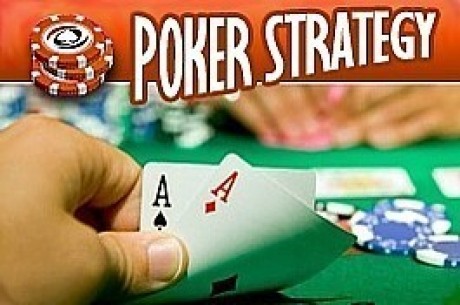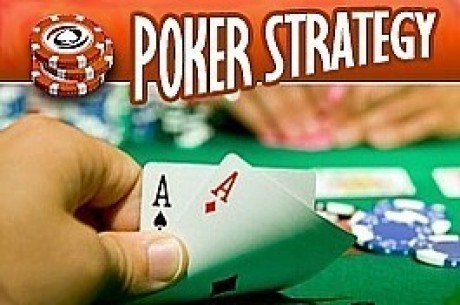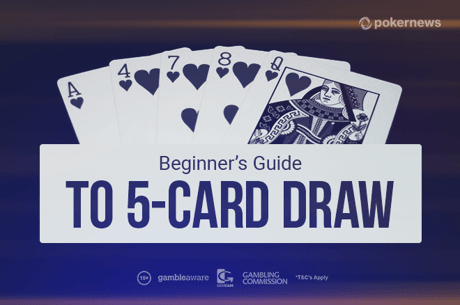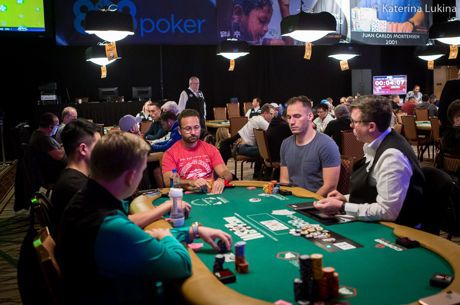Talking HORSE with Lou Krieger, Vol. 13: Starting Hands in Seven-Card Stud
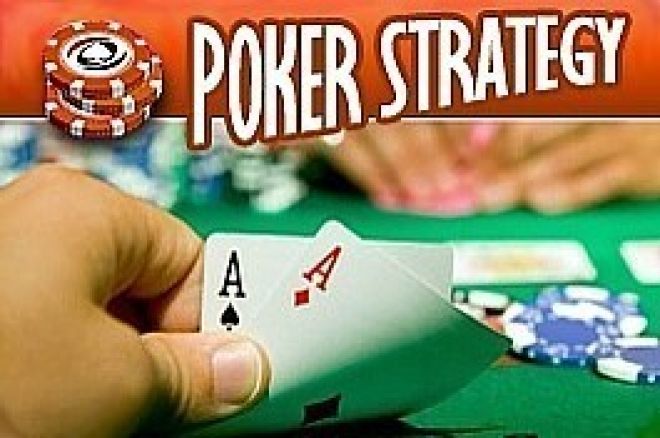
Starting standards are important in seven-card stud, just as they are in any form of poker. Those first three cards you’re dealt need to work together or contain a big pair to make it worthwhile for you to continue playing.
Position, your place in the betting order, is also important in every form of poker, and betting last is a big advantage. But in stud — unlike in Texas hold’em and Omaha, where position is fixed for all betting rounds during the play of a hand — your position in the betting order varies from round to round. The lowest exposed card always acts first on third street, which is the first betting round, but the highest exposed hand acts first on the second and every subsequent betting round.
Since there’s no guarantee that the highest exposed hand on fourth street will still be the high hand on the next round, the pecking order can change from one betting round to the next.
If you decide to play beyond third street, your next key decision point is fifth street — when betting limits typically double. Conventional wisdom says that a call on fifth street usually commits you to the river because the pot is generally big enough to continue to a sometimes bitter end. In fact, even if you can only beat a bluff on the river, you should generally call if your opponent bets.
By learning to make good decisions on third and fifth streets, you should be able to win regularly during the stud round in a HORSE game. Remember, most of your opponents don’t play seven-card stud. In fact, many players detest it and find the game boring and tedious. That’s OK. With a little more knowledge than your adversaries, you ought to be able to have an edge during this orbit.
Stud is a game of contrasts. If you’re dealt a big pair, or a medium pair and a couple of high side cards, you’ll fare better against only a few opponents so you’ll want to be betting, raising, and reraising to chase out drawing hands.
But when you begin with a flush or straight draw you’re hoping for plenty of opponents, and along with that, a chance to make your hand as inexpensively as possible. If you’re fortunate enough to catch a scare card or two, your opponent will have to acknowledge that you may have made your hand already or are likely to make it at the earliest opportunity. If that’s the case, an opponent may be wary of betting a big pair into what appears to be a powerhouse holding such as a straight or flush.
That’s the essential nature of seven-card stud. Pairs drive the betting early, trying to make it expensive for drawing hands, while those playing draws are betting and raising later — if they’ve gotten lucky enough to complete their hands. Anyone fortunate enough to be dealt trips to start a hand is usually quietly calling while he waits for fifth street, so he can raise or reraise when the betting limits double.
Seven-card stud is frequently a battle between big pairs and drawing hands. If you have a bigger pair than any of your opponents, you are heavily favored to win the pot if you can eliminate any drawing hands from playing against you. The way to eliminate them is by making it too expensive for these opponents to continue playing. How do you accomplish this? Simple. Bet or raise when it’s your turn to act.
If you someone bets and you raise, chances are you can price a drawing hand right out of the confrontation.
Most starting hands are thrown away on third street. Seven-card stud, above all, is a game of patience. If you lack patience, or can’t learn it, this game will frustrate you no end. In fact, players lose money because they think it’s OK to play for another round or two and see what happens. This usually result in players bleeding their money away — and the very fact that they entered the pot with less-than-viable starting hands often causes them to become trapped and lose even more money.
Before making the commitment to play a hand, you need to be aware of the strength of your cards relative to those of your opponents, the exposed cards visible on the table, and the number of players to act after you do. After all, the more players who act after you, the more cautious you need to be.
Starting with Three of a Kind
Three of a kind is the very best starting hand, but a rare one, which you can expect to be dealt only once every 425 times. If you play fairly long sessions, you figure to be dealt trips every two days or so. While you can be dealt a lower set of trips than your opponent, the odds against this are very long, and if you are dealt trips, you can assume that you are in the lead.
The good news is that you might win even if you don’t improve at all. While you probably won’t make a flush or a straight if you start with three of a kind, the odds against improving are only about 1.5-to-1. When you do improve, it’s probably going to be a full house or four of a kind, and at that point you are heavily favored to win the pot.
Plan to see a hand through to the river anytime you’re dealt trips unless it becomes obvious that you are beaten. But that’s a rarity.
Because you’ll be in the lead whenever you are dealt trips, just call to give your opponents a ray of hope on the next betting round.
The downside, of course, is that one of your opponents can catch precisely the card he needs to stay in the hunt and beat you with a straight or flush. But even if your opponent makes a straight or a flush, you’re still drawing live to beat him. When you start out with three of a kind, you just need to pair any card in your hand to guarantee that he’s the one who is drawing dead.
Most of the time when the pot is raised on third street, the raiser will have a big pair, or a more mid-range pair with a king or an ace for a side card. But your trips are far ahead of his hand. Your opponent is raising to knock out any drawing hands, and he doesn’t have a clue that you’re way ahead of him, never mind the fact that you also have ample opportunity to improve.
Your opponent will probably call your reraise, and then call you all the way to the river especially if he makes two pair. Here’s what usually happens: In the process of winning the pot, you earn three small bets on third street, another on fourth street, and double-sized bets on fifth, sixth, and seventh streets. If you are playing $10/20, you will show a profit of $100 plus the bring-in and the antes. If you’ve trapped an additional caller or two who wind up folding on fifth street, your profit will exceed $150.
But you can’t sit around waiting for trips before you enter a pot. They don’t come around often enough, and so next time we’ll look at some other seven-card stud starting hands.
# # #
Lou Krieger is the editor of Poker Player Newspaper. He’s the author of more than 400 articles on poker strategy and 11 books on poker. He can also be heard on the internet radio show, “Keep Flopping Aces” which airs Thursday night at 9 p.m. Eastern Time (6 p.m. Pacific) on www.roundersradio.com.


